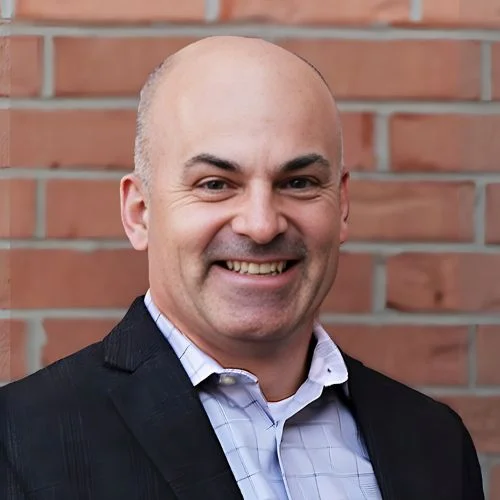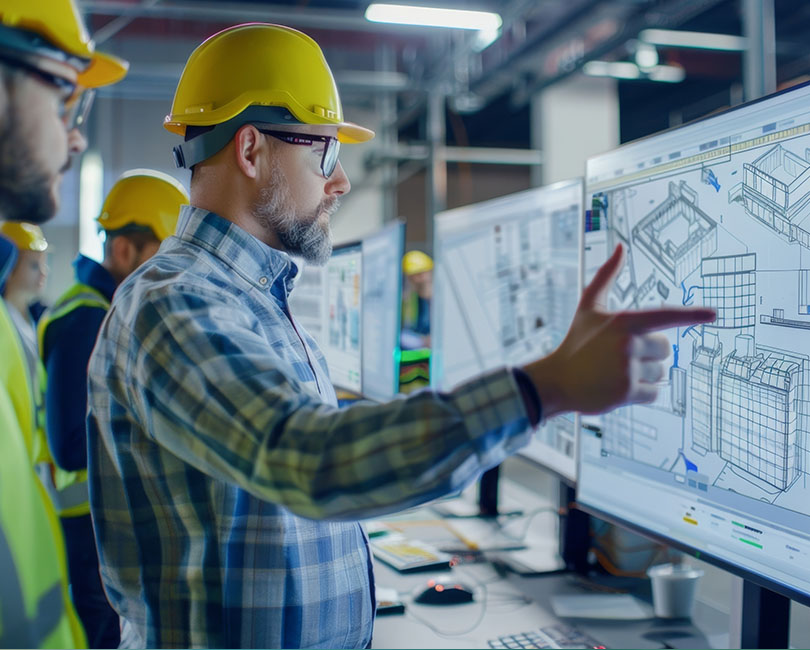When AE Ownership Transition is Stuck in Neutral

Ownership transition is a situation that every architecture or engineering firm has or will encounter. Even at its best, it can be complex and stir emotions. In helping AE firms prepare for and walk through ownership transition, we often encounter a significant misalignment between the outgoing and incoming generations regarding the appeal of firm ownership. This disparity stems from evolving industry conditions, generational shifts, and broader economic changes. As a result, the perceived desirability and prestige of ownership have shifted, leaving some retiring leaders puzzled by the lack of enthusiasm among younger leaders, who are equally unsure about the potential benefits and drawbacks of becoming owners.
These types of ownership issues can significantly impact a firm’s future, so addressing the root of the problem has become our priority. With 25 years of experience consulting on ownership transition in the industry, we’ve identified two primary causes of this misalignment, which hinders internal ownership transfers and fuels M&A activity. The first issue is the failure to clearly define the meaning and obligations of ownership, and the second is the need for more effective communication about those definitions.
What is Ownership?
The title of Owner can, and often does, mean different things to different people. Without a clear definition of ownership for your employees and your firm, people will lean on their own experiences and opinions. Here is where expectations of new leaders may clash with reality, leading to unproductive and self-destructive outcomes that leave both generations feeling stuck. However, this situation is avoidable. Here’s an alternative approach.
The traditional pay-your-dues mindset that many current owners grew up with isn’t appealing to younger leaders. They want to learn new skills and advance faster than many firms are willing to accommodate. Again, this perspective is influenced by existing leaders who view the path to leadership or ownership through the lens of their own experience. But the AE industry is night and day different from when they were first hired or founded their firm.
A prime example is how far technology and its use by architectural and engineering firms has matured over the last 25 years, from the introduction of the first camera phone in 2000 to the first release of the Apple iPhone in 2007 and iPad in 2010, the release of OpenAI GPT-3 in 2020, and rapid advancements in AI today. Many young architects and engineers possess unrecognized capacities and capabilities in firms managed with a 20th-century mindset.
There is no right or wrong when it comes to generational mindsets, but to secure the future, firms must be more open-minded about change.
Communicating the Why
We’ve discussed the importance of defining ownership, but a definition alone is worthless if it’s not communicated effectively.
Before considering external sales as their only option, current owners need to ensure that they have done all they can to engage the next generation in leadership and ownership opportunities. This involves building a firm culture with a compelling narrative about the value of ownership and entrepreneurship. This becomes their “why.” Having a why gives employees purpose and leads to more deeply committed leaders.
It is crucial to actively communicate about ownership and create an environment where emerging leaders can develop skills beyond technical knowledge. Collaboratively co-creating the future with younger leaders motivates and inspires them to commit to both their future and the firm’s future.
To remain independent and privately held, the firm must cultivate a new ownership team with a shared vision and commitment. The alternative – an outside sale – will diminish the NextGen’s influence and control over their future. In this way, becoming an owner reduces the risk of working in a firm that doesn’t share your vision of your future (and maybe not your core values).
Next Steps
Please join us for our webinar, The Why & How of AE Firm Ownership. We will share the attributes of owners who have withstood the test of time and the importance of developing these qualities early in potential owners’ careers. We will then link these attributes to the skill sets and compensation needed to support the ownership transition.
Finally, we will share real stories of AE firms that have successfully navigated ownership transitions in the last five years. While each transition plan is as unique as the firms themselves, we are confident that you’ll leave with some fresh ideas or a new twist on an old concept that just might “unstick” your ownership transition.




